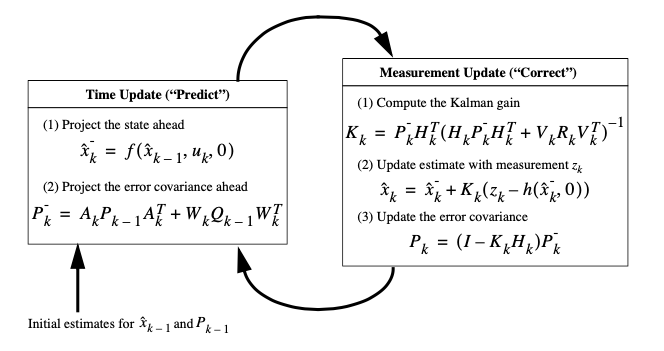In statistics and control theory, Kalman filtering, also known as linear quadratic estimation (LQE), is an algorithm that uses a series of measurements observed over time, containing statistical noise and other inaccuracies, and produces estimates of unknown variables that tend to be more accurate than those based on a single measurement alone, by estimating a joint probability distribution over the variables for each timeframe. The filter is named after Rudolf E. Kálmán, one of the primary developers of its theory. The Kalman filter has numerous applications in technology. A common application is for guidance, navigation, and control of vehicles, particularly aircraft, spacecraft and dynamically positioned ships. Furthermore, the Kalman filter is a widely applied concept in time series analysis used in fields such as signal processing and econometrics. Kalman filters also are one of the main topics in the field of robotic motion planning and control, and they are sometimes included in trajectory optimization. The Kalman filter also works for modeling the central nervous system’s control of movement. Due to the time delay between issuing motor commands and receiving sensory feedback, use of the Kalman filter supports a realistic model for making estimates of the current state of the motor system and issuing updated commands.
Presented on 22.01.2020 by Sebastian Doliwa
Paper:

